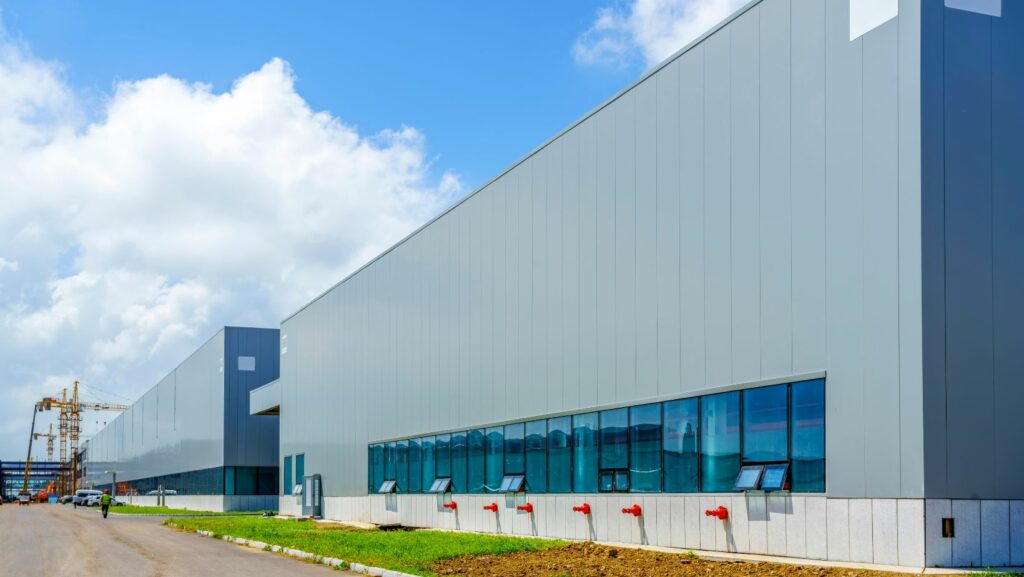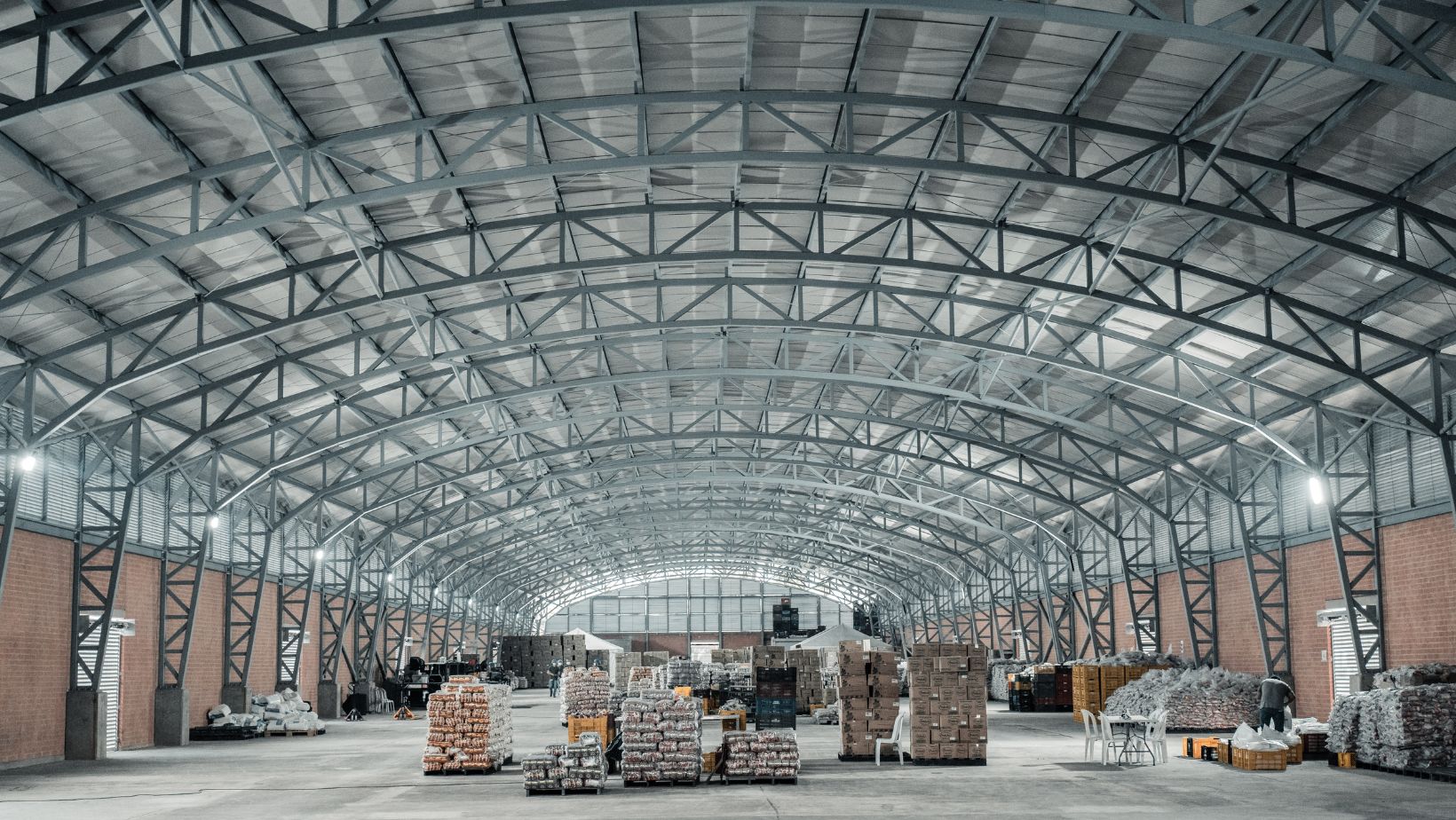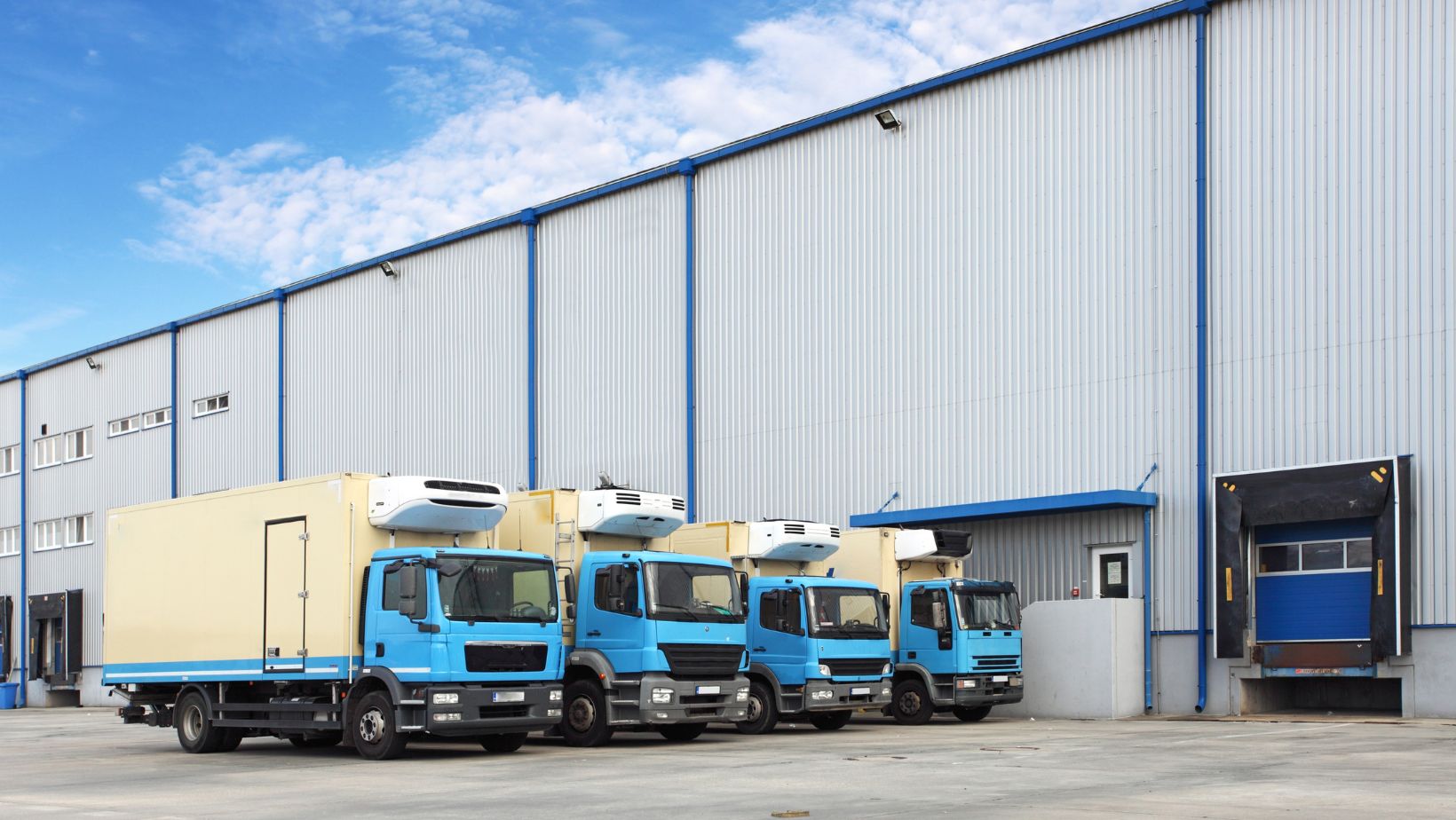
Building a warehouse for your company is an important project that requires careful planning and execution to ensure it is efficient, effective, and cost-effective. Here are some tips to guide you through the process.
Define your needs
Start by clearly defining your warehouse needs, including size, layout, storage, insulation, and any special features necessary to support your operations. For example, choosing the right warehouse insulation is important in order to reduce energy bills, noise, carbon footprint and control temperature. Check insulation4less when insulating your warehouse. Consider factors such as inventory types, meeting equipment needs, work schedules, and forecasting future growth.
Location, location, location
Choose the right location for your warehouse that will reduce transportation costs and improve accessibility for suppliers, customers and transportation hubs. Consider proximity to highways, ports, airports and railways for efficient delivery. Identify potential expansion areas or land available for future development. Consider how the competitive landscape could affect your operations, offerings and market position in each area. Analyze economic growth, population growth, and industry growth in potential areas to assess market demand and growth potential.
Zoning and Regulation:
Be sure to comply with local community codes and building codes before you build a warehouse. Obtain all necessary permits and approvals from local authorities to avoid delays and legal issues down the road.
. Safety and Security
Prioritize safety and security measures to protect personnel, inventory and equipment in the warehouse. Use fire extinguishers, emergency exits, first aid and accident prevention cameras to prevent theft or vandalism for fire protection.
Budget and funding
Create a realistic budget for the warehouse project by considering construction costs, land acquisition, permits, equipment, and other related costs. Look for financing options, such as loans, leases, or grants, to finance the project and secure long-term financing first.

Explore different financing options to finance your warehouse business, depending on your budget and preferences. Review the terms, interest rates, repayment plans, and eligibility criteria of each financing plan to determine the most appropriate option for your needs.
Design and layout
Working with an experienced architect or warehouse design consultant can lead to an effective plan that maximizes storage capacity and improves productivity. Consider factors such as aisle width, roof height, dock access, and space used to improve efficiency and minimize waste of space.
Material Options
Choose durable and cost-effective materials for construction that can withstand the demands of warehouse operations. Factors such as insulation, flooring, lighting and ventilation should be considered to provide a safe and comfortable working environment for employees. Fiberglass insulation is a common choice for thermal insulation in warehouse buildings. It provides excellent thermal performance, sound absorption and fire resistance. Concrete flooring is a durable and cost-effective option for warehouse floors. It offers great load capacity, resists heavy traffic and thunderstorms, and is easy to maintain.
Technology Integration
Integrate state-of-the-art technology and automation systems into your warehouse infrastructure to increase efficiency, accuracy and efficiency. Explore options such as warehouse management systems (WMS), barcode scanning, RFID tracking, and automated storage retrieval systems (AS/RS) to streamline operations.
Sustainability and energy efficiency
Design your warehouse with sustainability in mind to reduce environmental impact and reduce operating costs. Energy-efficient lighting, heating and cooling systems, and renewable energy sources such as solar panels or wind turbines should be added to reduce utility bills and carbon emissions. Explore the integration of renewable energy sources such as solar panels, wind turbines, or geothermal systems to generate clean, renewable energy on site
Flexibility and Scalability
Design your warehouse with flexibility in mind to accommodate future growth and changes in business needs.

Incorporate modular storage systems, adjustable shelves, and expandable infrastructure to make it easy to reconfigure the system as needed.
Supplier and Contractor Selection
Choose reputable suppliers and contractors with warehouse construction experience to ensure efficiency and timely delivery. Get plenty of quotes and vet potential vendors thoroughly before making a final decision.
Project management
Hire a dedicated project manager to oversee all aspects of the warehouse construction process, from planning and design to implementation to final inspection. Establish clear timelines, milestones, and communication channels to keep the project on track and address any problems or delays promptly.
Efficient project management is essential for the successful construction of a warehouse. As you plan and execute various stages of the construction process, having access to specialized project management resources can significantly enhance the outcomes. MyAssignmentHelp.com offers targeted project management assignment help, providing your project managers and team leaders with expert guidance and resources. This service can assist in developing robust project plans, risk management strategies, and effective communication plans that are pivotal for timely and within-budget warehouse construction. Leveraging such resources ensures that your team is equipped with the latest project management techniques and tools, enhancing overall project execution and success.
Testing and Optimization
Before going live, thoroughly test and optimize all warehouse systems and equipment to ensure everything is working as intended. Train employees on proper work practices and safety procedures to minimize errors and improve productivity from day one.
Continuous Improvement
Implement a continuous evaluation and warehouse efficiency improvement plan to identify opportunities for efficiency and cost savings. Ask for feedback from employees, suppliers, and customers, and regularly review performance records to identify areas for improvement.
By following these tips and best practices, you can build a warehouse that meets your company’s needs effectively and efficiently, setting the stage for future growth and success.












